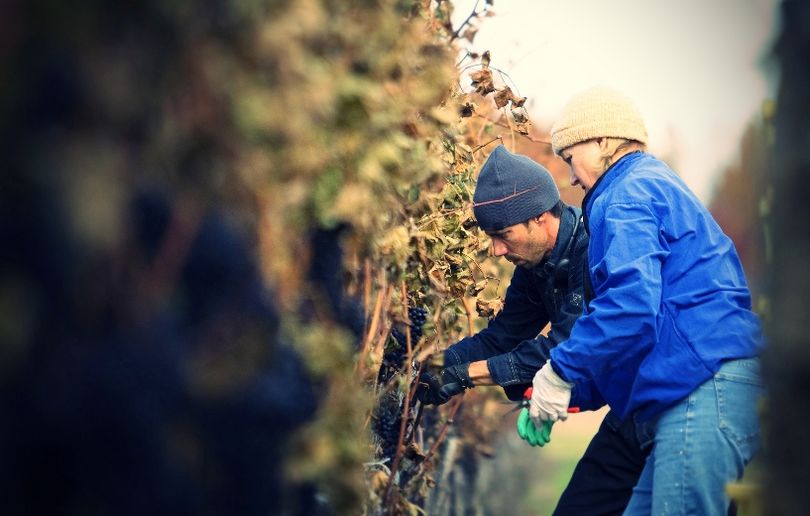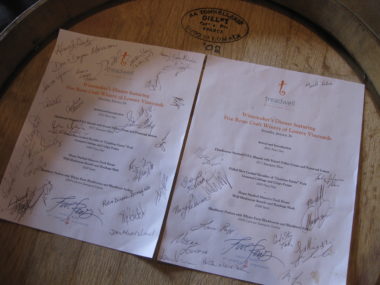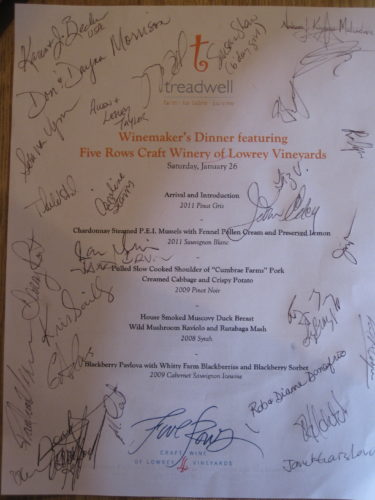Back in the fall, we were visited by St. Catharines Standard photographer Bob Tymczyszyn on a few occasions over the course of harvest. The images he shot and subsequent article he wrote can be read here.
I will be forever grateful to Bob for capturing some special moments I enjoyed harvesting Syrah with my Mom and pressing Cab Sauv with my Dad. These are times I cherish, yet can’t truly appreciate until I see them through the eyes of someone creative like Bob.



